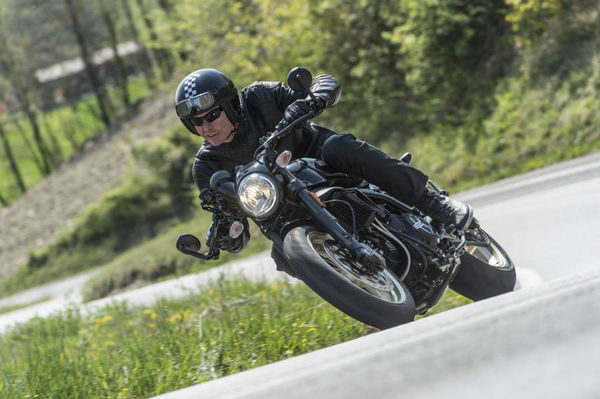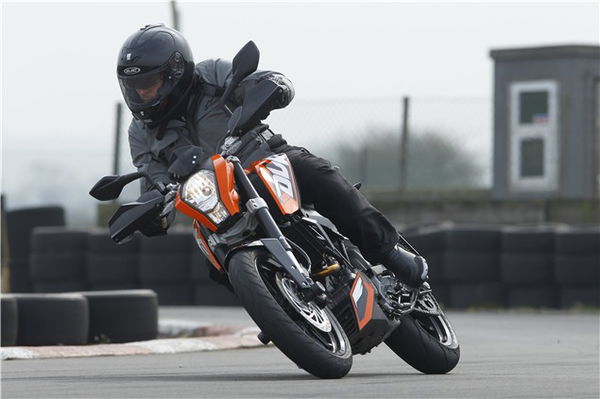Kawasaki ZX-10R Ninja: The full story of the Japanese superbike star
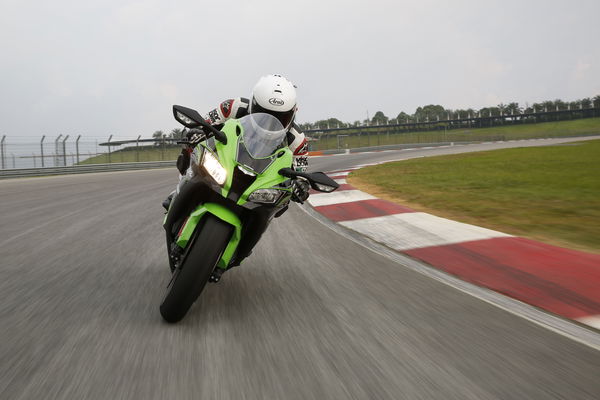
The ZX-10R Ninja is Kawasaki’s 1000cc, four-cylinder superbike flagship rival to the Fireblade, R1 and GSX-R. The last of those four to be launched, early models packed plenty of power but varied widely.
A new focus since 2011, however, with class-leading power and electronics, along with repeated updates and refinements since, has resulted in it being the most successful on track, winning seven world superbike crowns.
Offered in additional, more race-ready ‘RR’ form since 2017, the Kawasaki ZX-10R received its most recent update and facelift in 2021 and remains the ‘go-to’ choice for track riders, especially in upspecced RR form.
History of Kawasaki ZX-10R Ninja
- Kawasaki ZX-10R C1H 2004-2005
- Kawasaki ZX-10R D6F 2006-2007
- Kawasaki ZX-10R E8F 2008-2010
- Kawasaki ZX-10R 2011-2015
- Kawasaki ZX-10R/RR/SE 2016-2018
- Kawasaki ZX-10R/RR 2019-2020
- Kawasaki ZX-10R/RR 2021-date
- Next Kawasaki ZX-10R
| Year | Model | Power | Torque | Weight | Top speed |
| 2004-2005 | ZX-10R C1H | 175bhp | 115Nm | 170kg dry | 180.5mph |
| 2006-2007 | ZX-10R D6F | 175bhp | 115Nm | 170kg dry | 180.5mph |
| 2008-2010 | ZX-10R E8F | 188bhp | 113Nm | 179kg dry | 181.4mph |
| 2011-2015 | ZX-10R | 199.8bhp | 114.3Nm | 198kg dry | 184.3mph |
| 2016-2018 | ZX-10R | 200bhp | 113.5Nm | 204kg wet | 186mph |
| 2017-2018 | ZX-10RR | 200bhp | 113.5Nm | 206kg wet | n/a |
| 2018-2019 | ZX-10R SE | 200bhp | 113.5Nm | 208kg wet | 186mph |
| 2019-2020 | ZX-10R | 203bhp | 114.9Nm | 208kg wet | 186mph |
| 2019-2020 | ZX-10RR | 204bhp | 115.7Nm | 206kg wet | n/a |
| 2021-date | ZX-10R | 203bhp | 114.9Nm | 207kg wet | 186mph |
| 2021-date | ZX-10RR | 204bhp | 111.8Nm | 207kg wet | n/a |
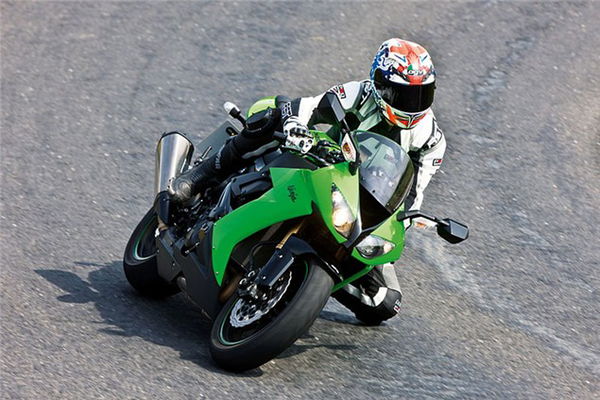
Kawasaki ZX-10R C1H 2004-2005
The original ZX-10R superbike (not to be confused with the preceding 1988 ZX-10 hyperbike) was launched in 2004, which made Kawasaki the last of the Japanese ‘Big Four’ to offer a 1000cc, four-cylinder pure sports machine.
Powerful and wild, it was considered a beast by some, but its reputation has mellowed with age and today it's regarded as something of a modern classic.
Kawasaki ZX-10R D6F 2006-2007
In a bid to calm the ferocious reputation of the 2004 ZX-10R, two years after its launch Kawasaki replaced it with the 2006 ZX-10R, a virtually all-new model with revised engine, new frame and all new looks including twin underseat exhausts, which also lead to its nickname of ‘the wheelbarrow’.
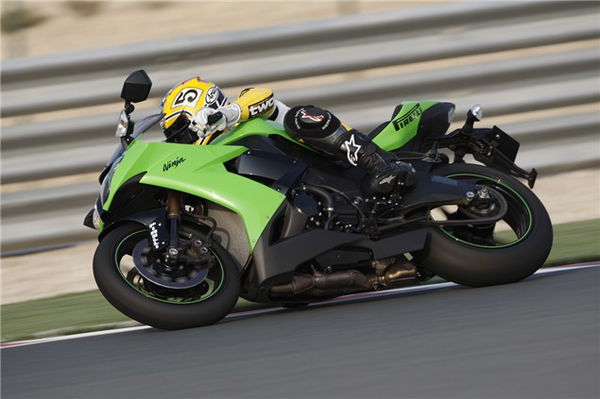
Kawasaki ZX-10R E8F 2008-2010
With the consensus view being that it had calmed its wild animal too much, the 2008 ZX-10R saw Kawasaki have an about face and totally redesign its flagship superbike once again, with more power, sharper handling and styling (now without underseat exhausts) and even a basic form of traction control.

Kawasaki ZX-10R 2011-2015
The 2011 ZX-10R was another virtually all-new edition of the bike and, at the fourth time of asking, Kawasaki finally got its direction categorically right.
Designed in response to the hugely powerful and electronics-laden BMW S1000 RR, the new ZX-10R was aimed very much at the track and got a new, more powerful, high revving motor with a screaming exhaust note, shaper chassis and the sharper styling to match. It was the first of the Japanese superbikes to directly take on the likes of the S1000 RR and Aprilia’s RSV4 and was an immediate success.
Essentially unchanged up to the end of 2015, from 2013 an Öhlins electronic steering damper was added while the following year, to commemorate Tom Sykes taking Kawasaki’s first World Superbike Championship, also in 2013, a limited-edition ‘World Champion Edition' ZX-10R was launched, of which just 25 were built, each featuring replica race livery, a Leo Vinci exhaust and special numbered plaque.
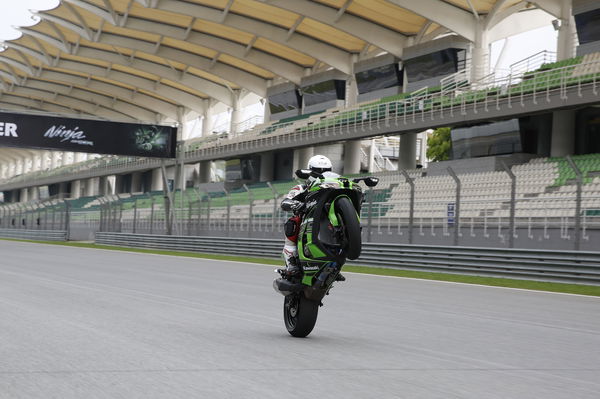
Kawasaki ZX-10R/RR/SE 2016-2018
The 2016 ZX-10R brought the first major revisions to the formula. Along with engine changes to give a more linear power delivery, it came with new Showa ‘Big Piston’ BFF forks, uprated electronics including improved traction control, cornering ABS and quickshifter, plus subtle chassis and styling changes, all of which delivered significant improvements, right down to the sound through its exhaust.
An additional ’homologation special’ version, the 2018 ZX-10RR, was launched two years later.
Built to comply with, and maximise, racing regulations, the key differences were a revised cylinder head to allow high-lift cams, titanium con rods, a 600rpm higher rev-limit, revised suspension and lightweight racing forged aluminium Marchesini wheels. Only 500 were built, all in lime green.
Another version of the ZX-10R, the ZX-10R SE (for Special Equipment) came out the same year, and was based on the standard bike but featuring semi-active Showa suspension, the same lightweight Marchesini wheels as the RR and special paint claimed to be immune to scuffing and wear.
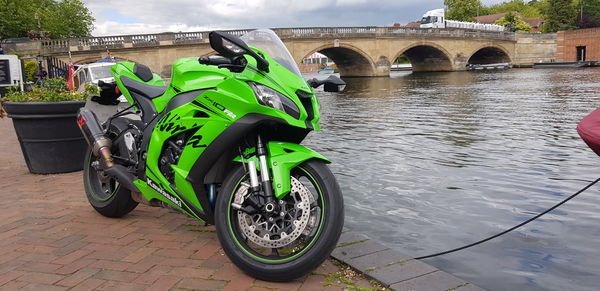
Kawasaki ZX-10R/RR 2019-2020
The next significant update to the ZX-10R came in 2019 when a new valve train enabled rpm and thus more power, while an autoblipper was also standard for the first time. As before, a limited-edition, 500-only, homologation special 2019 ZX-10RR version was also produced.
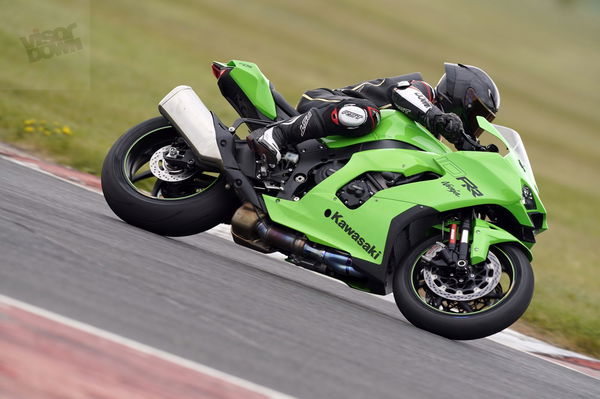
Kawasaki ZX-10R/RR 2021-date
But the most conspicuous recent update to the ZX-10R came in 2021 when, in addition to subtle engine, chassis and electronics updates, Kawasaki’s superbike also gained a whole new look thanks to new, more aerodynamic bodywork. As before, it was also offered in RR form.
This model, the 2021 ZX-10R, has only received subtle updates since, most notably to the paintschemes.
What to expect from the next Kawasaki ZX-10R Ninja
As a flagship model for Kawasaki, the ZX-10R is certain to remain in the marque’s line-up for the foreseeable future, with further updates and improvements likely as Kawasaki bids to keep its ZX-10R ahead of the Japanese superbike pack.
